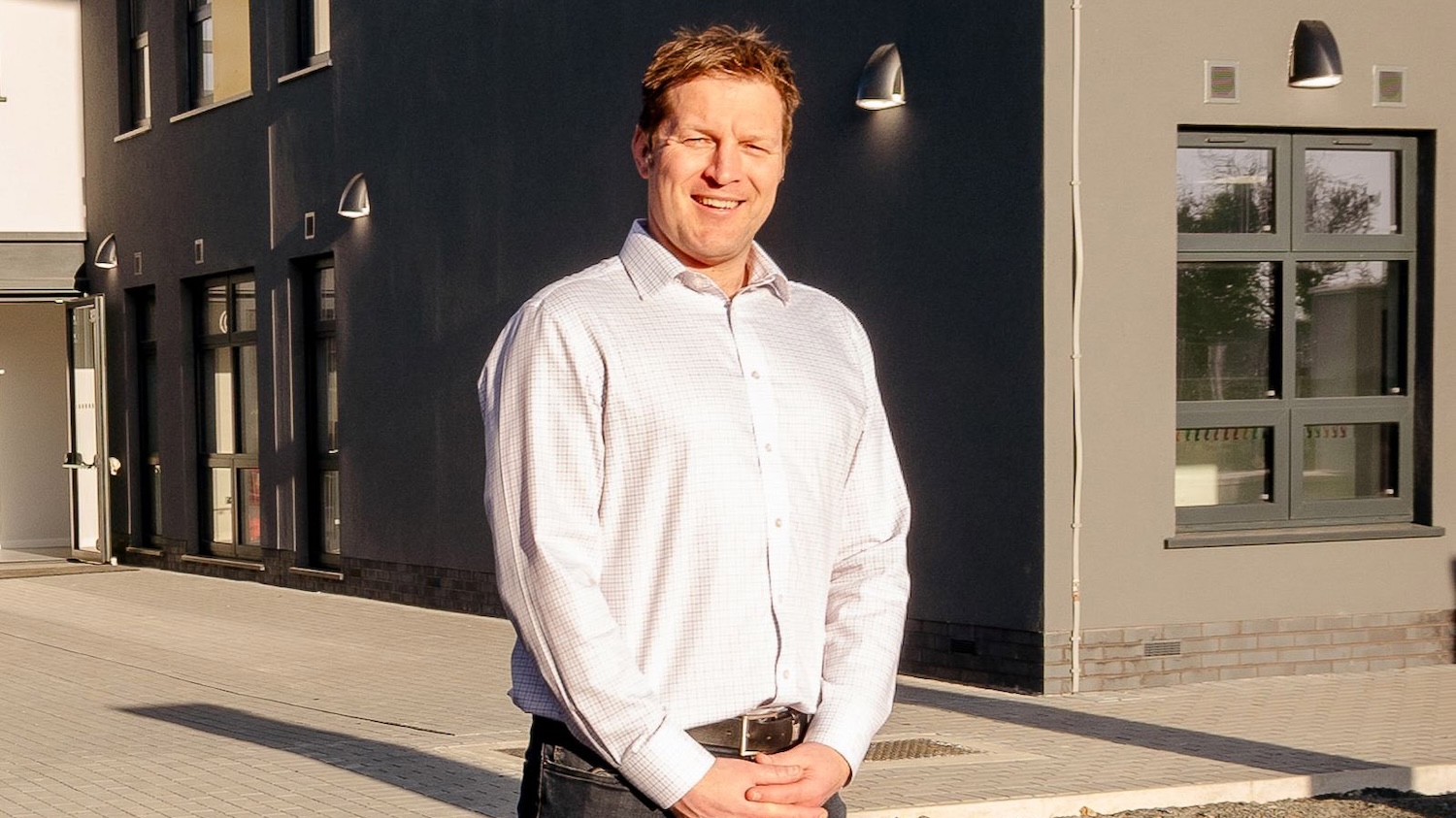
What is causing absenteeism in construction?
Absenteeism in the construction workforce can be caused by a range of factors, from illness and injury to low morale or personal issues. So what can employers do to support their workers?
Every year, the UK workforce loses on average 146.6 million days due to sickness, which equates to approximately 4.5 days per worker, according to Office for National Statistics sickness absence data from 2018-2022.
According to Clover HR managing director Michael Doolin, health issues are one of the main causes of absenteeism among construction workers.
“These [health issues] may be unrelated to their job or injuries acquired from working, which is more common than other industries due to the nature of the job,” he explains.
Demanding working environment
Lucy Gordon, an employment partner at Walker Morris, adds that construction workers “operate in an often physically demanding, labour-intensive and time-critical environment – all of which bring pressure to bear”.
She adds: “It is perhaps no surprise that absence rates in the sector tend to be higher than average.”
She highlights Health and Safety Executive research conducted in 2018, which found that around 60% of absence among construction workers was due to musculoskeletal disorders and around 25% due to stress, anxiety and poor mental health.
Similarly, Jenny Winstanley, head of HR consultancy at employment law and HR firm AfterAthena, explains that accidents and injuries are higher in the construction industry than the majority of other sectors.
Musculoskeletal issues are also “more prevalent due to the nature of the work being undertaken”, she says.
However, for Rachael Keeble, founder of BuiltWell Project Management, stress, anxiety and being overwhelmed “contribute massively” to absenteeism in the construction industry.
She explains: “The construction industry is in the middle of a mental health pandemic, but we are being too slow to acknowledge this or do anything about it and the repercussions are serious.”
Winstanley adds: “Increases in absences due to stress at work and poor mental health is likely due to the increase in awareness of this subject and the construction sector facing pressure to consider the wellbeing of its workforce.”
Doolin adds that construction workers are also “more susceptible to travel issues such as traffic congestion or vehicle breakdowns”, while “dissatisfaction with working conditions” can be a reason for absence in an attempt to initiate change.

Absence management policy
Tim Woodward, partner at Womble Bond Dickinson, outlines what leadership teams should consider when creating an absence management policy.
What should an absence management policy cover?
- How to report an absence
- What happens if absence is not reported
- When a fit note is required
- What is meant by unauthorised or excessive absence and how it will be investigated
- Possible steps the employer will take in terms of repeated or long-term sickness absence
- How return to work meetings would be used
A policy should also set out how the employer will support the employee. This can include:
- Details of the sick pay to which an employee will be entitled
- Steps an employer will take while an employee is absent
- Details of the employer’s employee assistance programme if they have one and/or referring the employee to occupational health
- Statement that the employer will contact the employee’s next of kin if they are absent without authority and do not respond to the employer’s attempts to contact them. If contact cannot be made with the next of kin, the employer may request a police welfare check.
Impacts of absence
When construction workers are off sick, projects still have deadlines to meet. This means there is a possible need for temporary workers whose rate may be higher, Doolin says.
He adds: “Not only does this impact profits, but also the efficiency of the business due to irregularities and delays.”
According to Keeble, if key employees are missing from a project it “can lead to loss of knowledge, wasted time and reduced quality of work”.
She adds: “Workload is often simply shifted onto other over-resourced staff as a short-term solution, which compounds pressure and creates additional stress for those present at work.”
As such, Keeble emphasises that addressing the underlying causes of absenteeism is “essential to ensuring that productivity, creativity and quality in construction remain high”.
Productivity is often impacted, Doolin says, as there can be insufficient managers to supervise construction sites. This can lead to “potentially very dangerous work”, so “absenteeism must be taken very seriously for the safety of the workers”.
Doolin adds: “Morale of the workers is affected by absenteeism and co-workers off sick, which is especially important on a construction site in challenging conditions, where colleagues play an important role working as a team.”
Tackling the issue
In dealing with absences, Keeble believes that HR and leadership teams “need to take responsibility to treat resourcing seriously” and not “pile work or pressure” onto employees at “unsustainable levels”.
They also need to “empower people on a personal level”, she adds.
“Learning how to look after yourself, to manage and mitigate the symptoms of stress, anxiety and overwhelm, are teachable skills and there is no excuse for not making this part of our accepted industry training.”
Doolin believes leadership teams also need to “thoroughly analyse what the main causes of absenteeism are” within their specific company.
He adds: “The attendance policy should then be reviewed to ensure it is clear on the expectations of attendance and the consequences of absenteeism, also including flexible working arrangements and leave requirements.
“Finally, adopting a supportive and understanding environment is one of the most important steps as it can help to reduce the absences to start with.”
This could include awareness of support systems, rewards for attendance, sufficient training and wellness programmes.
Womble Bond Dickinson partner Tim Woodward believes an absence management policy can be a “useful tool”, setting out an employer’s attendance expectations and how it will deal with different types of absence (see box).
Self-employed workers
Gordon adds that HR strategies aimed at absenteeism should consider that much of the construction workforce includes self-employed or casual workers without the safety net of sick pay.
As a result, they may “push themselves” to go into work, which can present a health and safety risk and result in longer absence periods further down the line.
“With all staff, policies aimed at spotting issues and proactive early intervention can help with this,” Gordon says.
“As employment lawyers, we see time and again that prevention is better than cure.
“Employers should have systems in place to ensure that workers are taking their rest breaks and holiday entitlement and that measures are in place to ensure compliance with Working Time Regulations requirements, especially with casual or contract workers.”
Winstanley also stresses that firms should focus on “proactive action to support the health, safety and wellbeing of its workforce rather than manage or ‘punish’ absence”.

Employers should have systems in place to ensure that workers are taking their rest breaks and holiday entitlement and that measures are in place to ensure compliance with Working Time Regulations, especially with casual or contract workers
Possible intervention strategies include educating employees on all aspects of wellbeing “to ensure they can support themselves and a healthy lifestyle in and out of work”. This extends to “less obvious” support solutions such as financial wellbeing and health screening.
Dispute avoidance
According to Woodward, the most common claims an employee may have are unfair dismissal or disability discrimination.
“Having an absence management policy as well as a disciplinary policy and procedure will help to ensure that issues are dealt with fairly, consistently and appropriately and will reduce the risk of an employee having a successful claim,” he says.
Good management and a proactive approach to contact and keeping in touch, as well as managing a return to work, can also make a “huge difference”, he adds.
“At an individual level, it’s important to find out why someone is absent before taking any action. If it’s a genuine absence, the best approach will be to support the employee, with proactive management and encouragement.
“On the other hand, if it’s not a genuine absence or is unauthorised, it may be appropriate to go down a formal disciplinary route.”
Overall, for Winstanley, developing an “open and supportive culture” is key.
“Timely and consistent application of a company sickness absence management policy is necessary,” she says.
Winstanley explains that construction organisations must ensure each individual is managed consistently and the nature of their ‘on site’ work doesn’t mean they slip through the net when it comes to managing their absences – which will leave the business open to risk.
Similarly, Gordon feels companies should act “reasonably and consistently following a well-embedded and step-by-step sickness absence procedure”.
She says: “Absence management is not without its challenges but there is always a pathway through. “Many of our construction clients have achieved really effective absence management through excellent HR strategy and communications, sound sickness absence policies and knowing when to take advice along the way when things get tricky.”
Comments
Comments are closed.








The UK are still using labour intensive work methods rather than embracing
more mechanical methods. Also the use of labour brokers who tend to hire semi skilled workers and those with poor language skills compound the problem.
Also Architects and Engineers also cause problems with bad design and lack of correct construction details. The concept of autocad cut and paste design does not help either
I mean no disrespect, but have any of these people actually worked at the ‘production’ end of the construction industry. Actually on the shop floor or in the mud.
I feel the UK construction industry is now bombarded with advice and recommendations from lots of people and organisations having never spent a day in the ‘trenches’ and truly understand this fragmented industry.